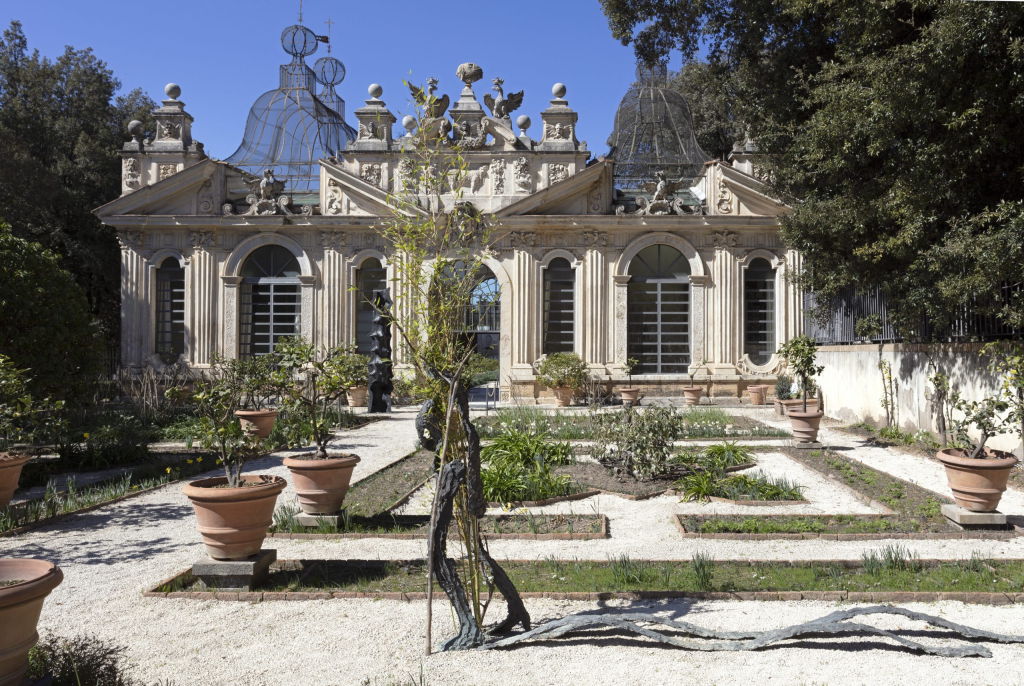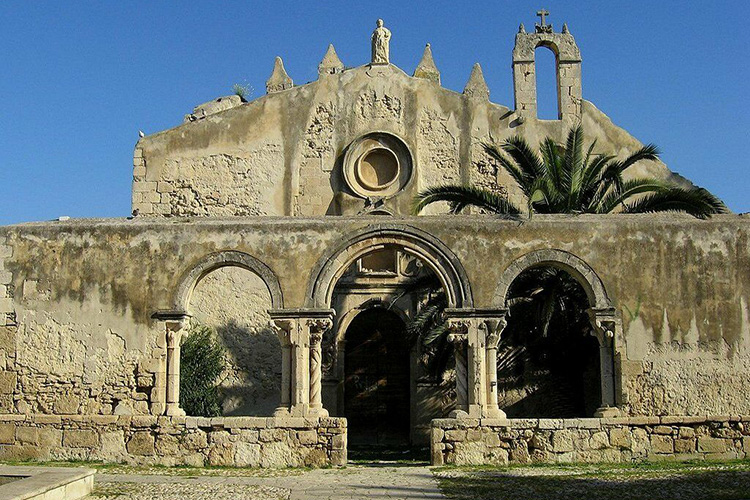Rome, the capital of Italy with a long history, is extremely rich in buildings, monuments, museums and places to visit at least once in your life. Among the Capitoline attractions that you can not absolutely resist is the Borghese Gallery, housed in Villa Borghese, a building built at the beginning of the seventeenth century which, in turn, is located in the homonymous park in the center of Rome.
Specifically, Villa Borghese is composed of a ground floor where, from the Mariano Rossi lounge, you can walk through the other 8 rooms, each with a specific name and theme.
On the first floor there are 12 other rooms and a vestibule, while on the top floor there are the Depositi, a sort of “second art gallery” inside the museum that houses about 260 paintings on two levels. In the central hall, however, dominates the large canvas by Lavinia Fontana that depicts Minerva while she dresses, surrounded by paintings of the sixteenth and seventeenth centuries.
To complete, Villa Borghese also has a large garden, which is also the most famous park in Rome, which houses the Uccelliera. Built between 1617 and 1619 by the architect Giovanni Vasanzio, the pavilion hosts exhibitions or temporary installations in the artistic and architectural fields at certain times of the year.
Below, here are the 10 works to see absolutely inside the Galleria Borghese:
The sculpture of Paolina Borghese Bonaparte as Venus winner
The sculpture of Paolina Borghese Bonaparte in the role of Venus winner is undoubtedly the most famous in the Gallery. It is located in Room 1 on the ground floor, where it resumed life in 1889 after decades of seclusion inside a chest at the behest of Camillo Borghese.

Foto : Galleria Borghese
The statue of Apollo and Daphne
The statue of Apollo and Daphne is located in the hall of the same name. It once belonged to the collection of Cardinal Scipione Borghese and the sculptural group by Bernini made around 1622 takes up the scene of a fable by Ovid.
The statue The Rape of Proserpina
The Sala degli Imperatori, so called because it houses the marble busts of all the Roman emperors, also houses the extraordinary statue The Rape of Proserpina by Bernini. According to the legend, the young Proserpina was kidnapped by Pluto, god of the underworld, near Enna.
Self-portrait as Bacchus (Sick Backin)
Inside the Sala del Sileno, then, you can admire 6 of the 12 paintings by Caravaggio owned by Cardinal Borghese; among them here is the canvas self-portrait as Bacchus, Part of a series of paintings confiscated by the Church in 1607 to the Cavalier d’Arpino who, probably, intended to entrust them to the cardinal. It is believed that this painting is a self-portrait of Caravaggio on the occasion of his hospitalization at the Consolation Hospital.
The painting Lady with liocorno
On the first floor, in the Sala di Didone, there are some paintings by Raphael, including the one depicting the Lady with liocorno: it is a young Florentine woman who, according to the accessories and ornaments displayed, it is believed that he was about to get married and that the painting, therefore, was a wedding gift.
The Portrait of a Man
The Sala di Ercole still houses a famous painting by Parmigianino, that is the Portrait of a man that probably corresponds to that of a nobleman.
The painting Susanna and the old ladies
The painting Susanna e i vecchioni is in the Sala di Giove e Antiope. Made by Rubens, it always comes from the collection of Cardinal Borghese. The theme represented is biblical, taken precisely from the Old Testament, starring Susanna intent on rejecting the advances of some old around her.
The painting Head of Young Laughing
The painting Head of a Laughing Young, by Annibale Carracci, is located in the Sala di Elena e Paride and belonged to the collection of Cardinal Borghese since 1693. He represents a young man who laughs wearing the typical clothes of the Bolognese mask (the doctor).
The canvas Amor sacro e amor profano
The canvas Amor sacro e amor profano by Titian is kept in the Sala di Psiche. Its history is linked to the marriage between a Venetian secretary of the Council of Ten and the daughter of a jurist dating back to the early sixteenth century.
The Orpheus table enchants animals
Before leaving the Galleria Borghese, it is obligatory to observe the beautiful table Orpheus enchants the animals of Jan Bruegel the Elder. It is a replica workshop of a theme very popular among Flemish painters of the time: Orpheus playing and, in so doing, enchants the animals of the forest.
This and much more await visitors who decide to immerse themselves in the wonders of Villa Borghese and Galleria Borghese: history, art and culture are mixed with legends and traditions, to enchant anyone who passes through the corridors and make the experience so mystical, how impressive.
Copertina : Storiaviva Viaggi




